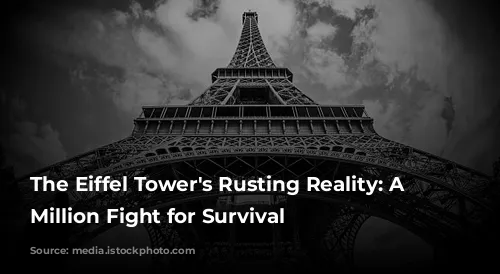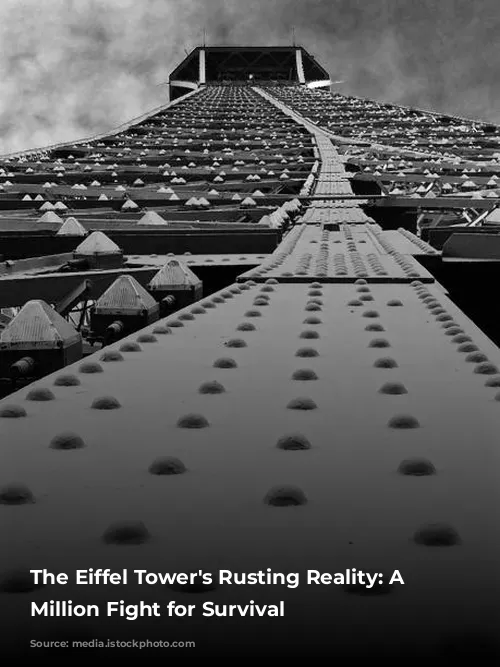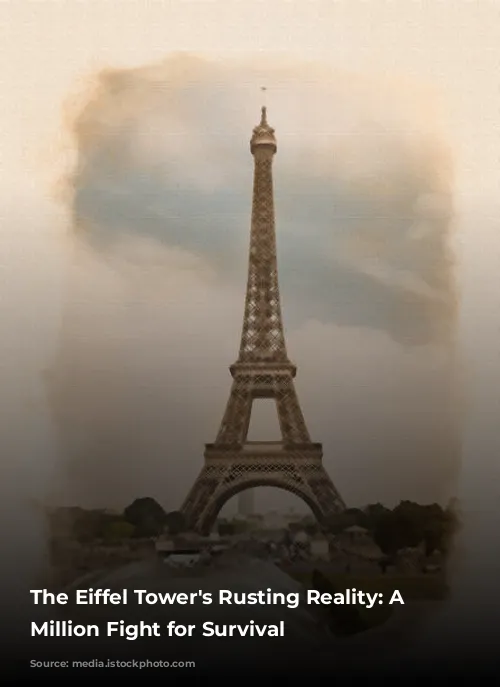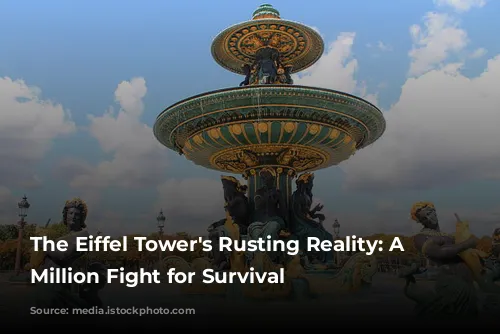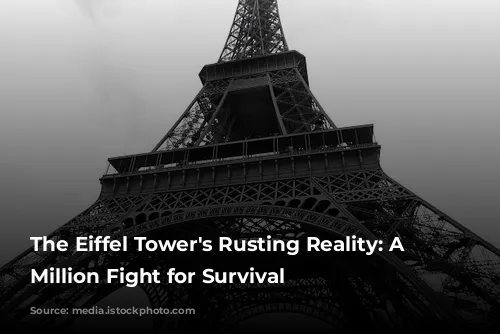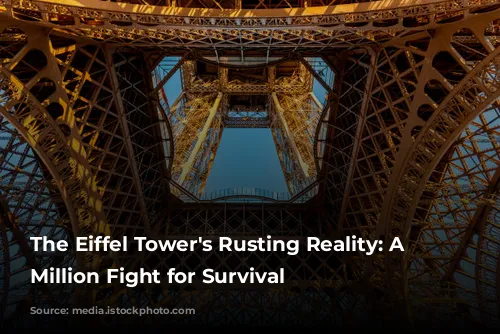The Eiffel Tower, a Parisian icon and global symbol, faces an ominous threat that eclipses even the challenges of its turbulent past: rust. This enduring monument, meant to be a temporary fixture for the 1889 World’s Fair, has stood tall for 135 years, defying the odds and becoming a beloved landmark. But the passage of time has taken its toll, leaving the tower vulnerable to the ravages of corrosion.
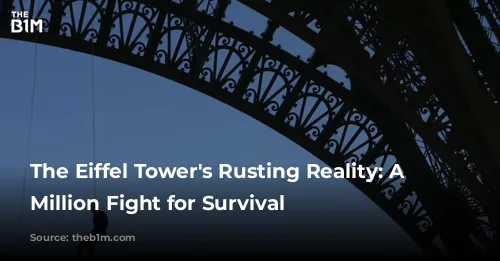
A Century of Battles, a New Adversary Emerges
The Eiffel Tower has survived occupation, two world wars, and even the prospect of demolition in 1903. Yet, these formidable challenges pale in comparison to the silent, insidious threat of rust. This formidable foe, fueled by the Parisian wind and rain, threatens to unravel the very fabric of this iconic structure.

A $64 Million Makeover – Cosmetic or Cure?
The tower is currently undergoing a $64 million repainting project, aiming to restore its grandeur for the 2024 Paris Olympics. However, concerns have been raised about the effectiveness of this cosmetic treatment in addressing the tower’s advanced state of rust. Critics worry that this paint job is akin to a band-aid solution, failing to address the underlying structural issues.
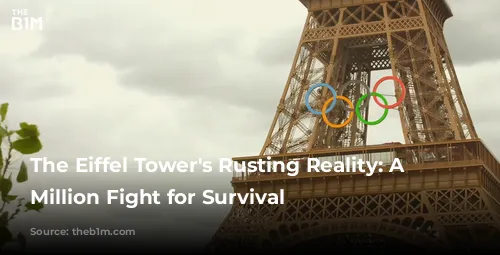
A Legacy of Vision and Resilience
Gustave Eiffel, the visionary engineer behind the tower, anticipated the threat of rust. He meticulously crafted plans to combat its effects, even before he had to convince skeptical Parisians to embrace his groundbreaking creation.
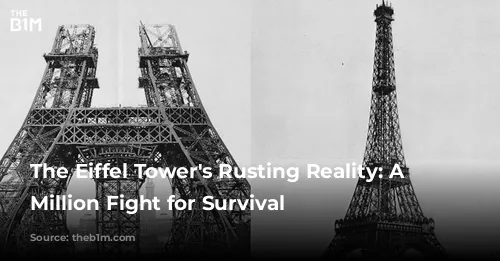
From Skepticism to Global Icon
In the late 1880s, Paris was poised to host the World’s Fair, seeking a grand spectacle to celebrate the centenary of the French Revolution. Gustave Eiffel’s proposal for a 1,000-foot tower, towering over the city and eclipsing the Washington Monument, was selected. While Parisians initially scoffed at the idea, dismissing it as an “incomplete, confused and deformed” monstrosity, the tower swiftly captivated the world, becoming a symbol of human ingenuity and architectural prowess.
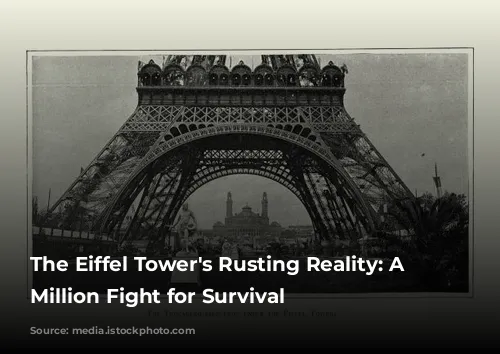
A Triumph of Engineering and Design
Eiffel’s design was a testament to his exceptional engineering skills. He employed iron, a lightweight but sturdy material, to overcome the weight limitations that plagued other tall structures. The tower’s unique shape, resembling a grand tree, was a deliberate design choice to minimize wind resistance. These innovative concepts helped create a monument that not only stood tall but also defied the formidable forces of nature.
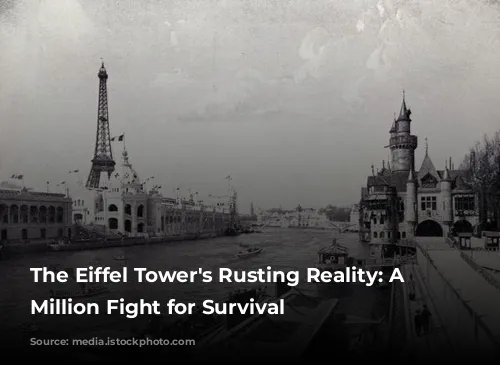
A Legacy at Risk: The Fight for the Future
Despite Eiffel’s foresight, the tower’s future remains uncertain. Reports over the past decade have revealed disturbing levels of rust and deterioration, raising alarms about the tower’s long-term viability. This $64 million repainting project, though a significant investment, may not be enough to ensure the tower’s survival.
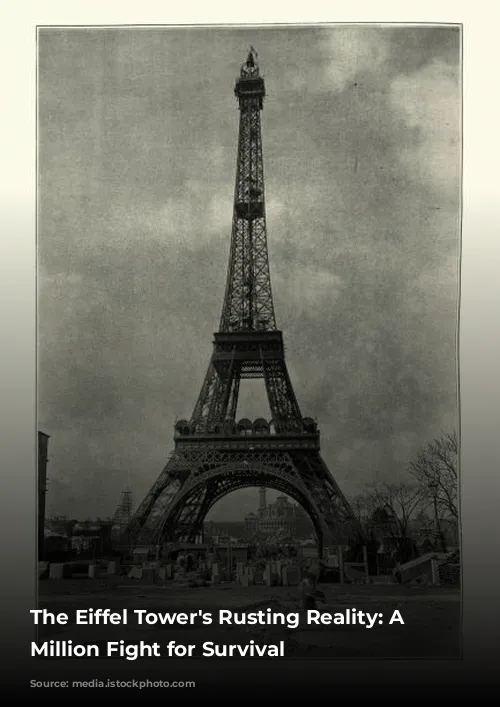
A Call to Action
The Eiffel Tower, transcending its material composition, represents a global symbol of ambition, innovation, and human achievement. Its continued existence is not only a matter of preserving history but also a commitment to safeguarding a symbol of human ingenuity. As the tower faces this formidable challenge, it is incumbent upon future generations to honor the vision of Gustave Eiffel and ensure the Eiffel Tower continues to stand tall for centuries to come.
